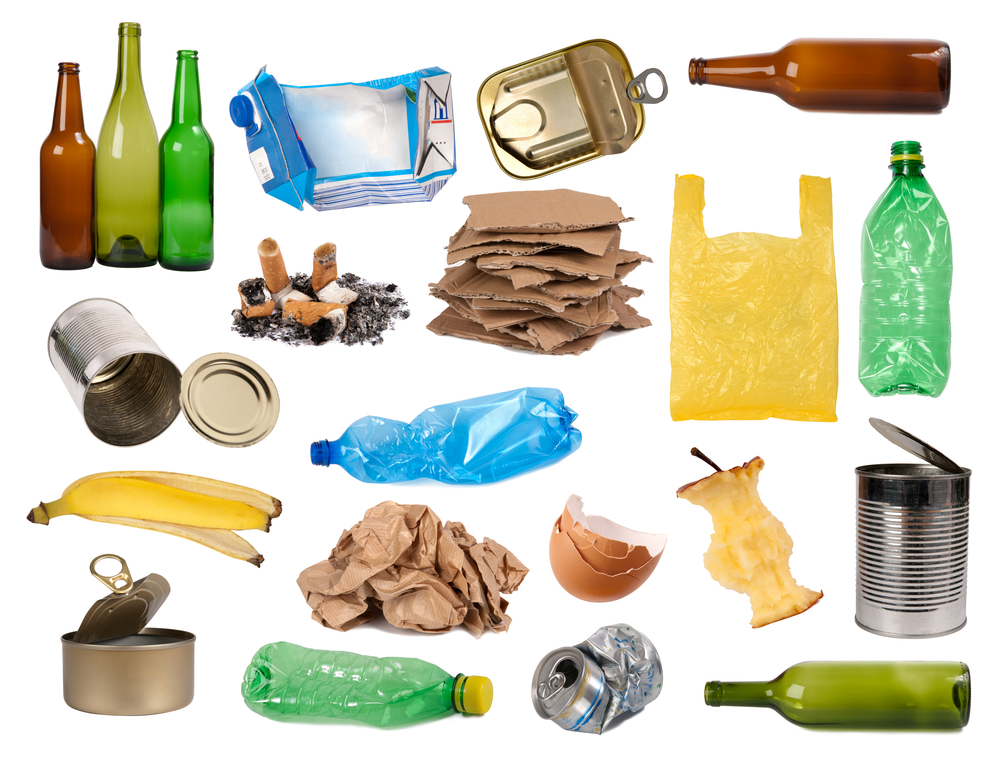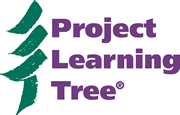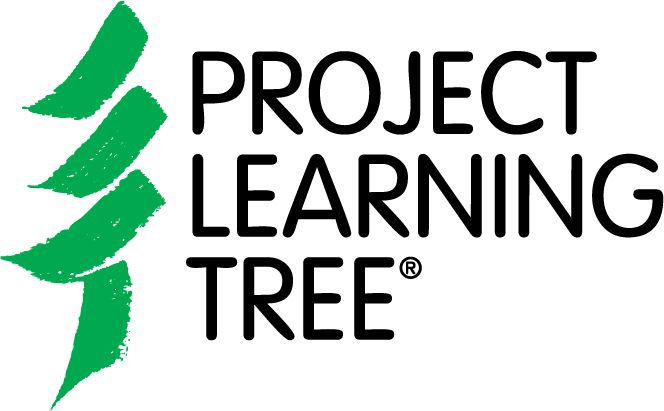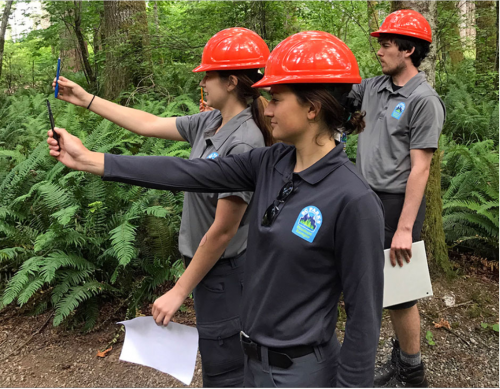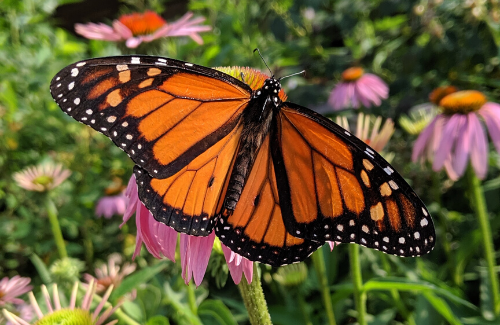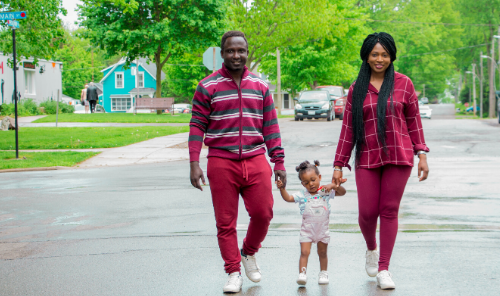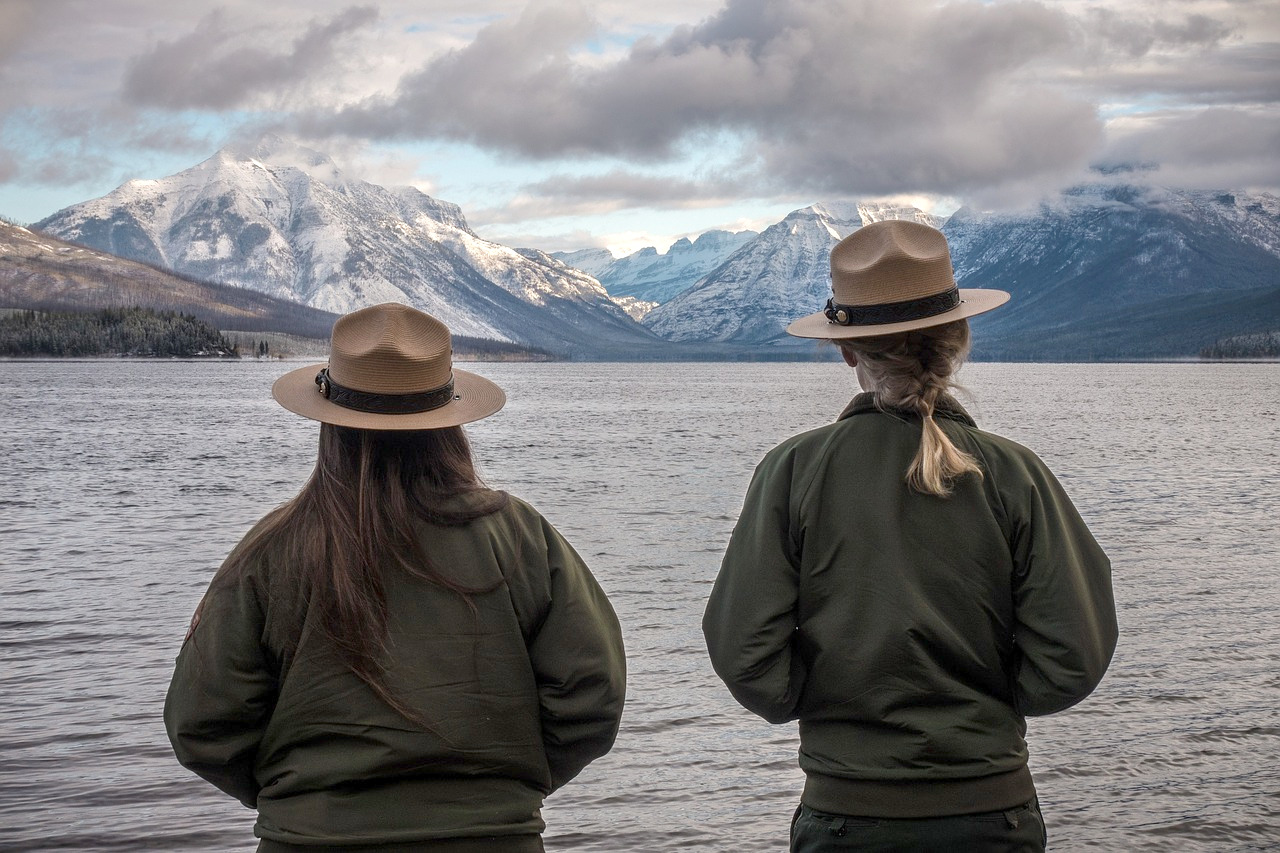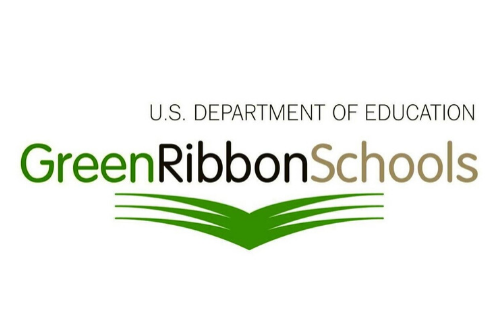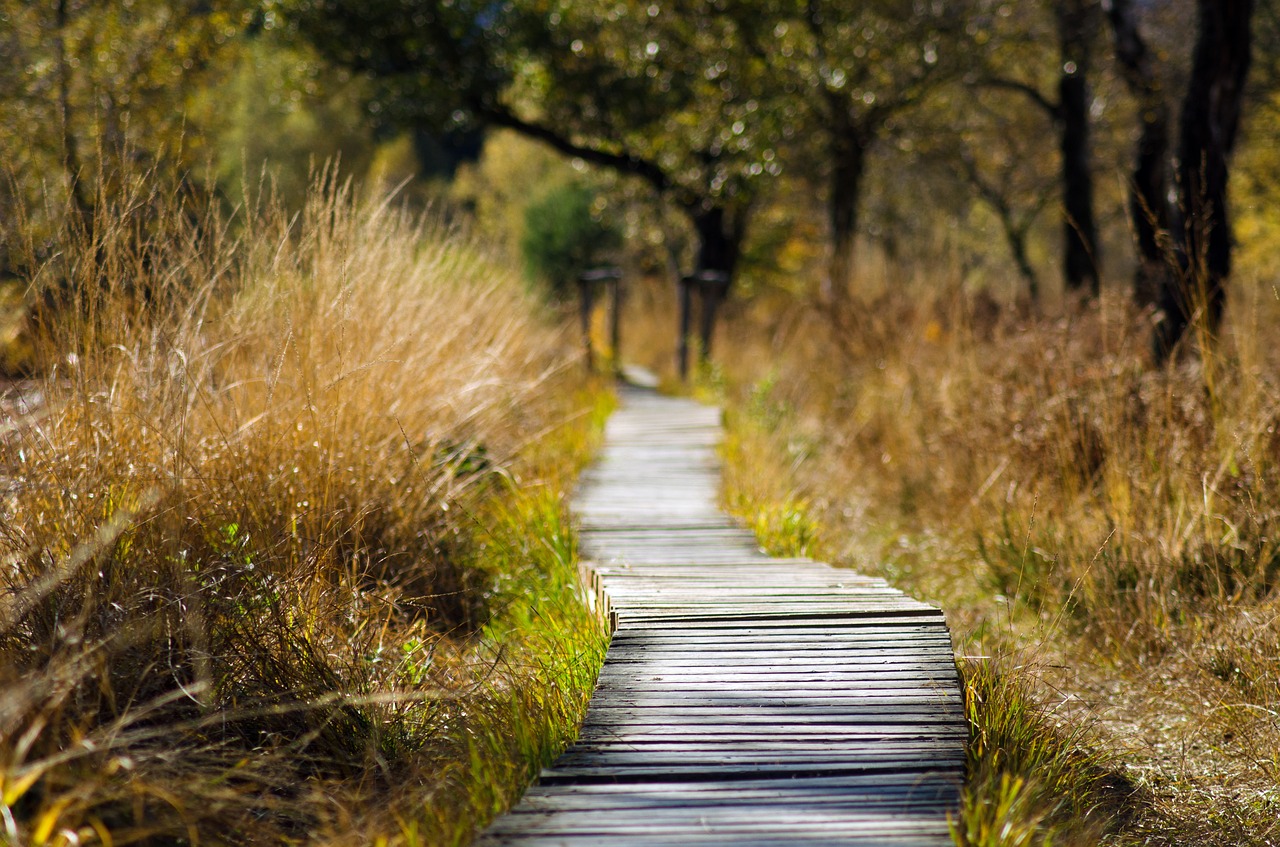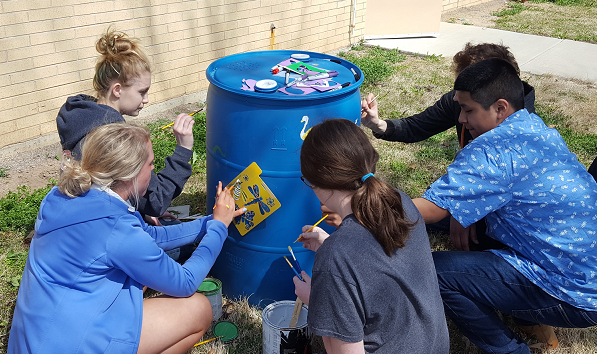When you hear the word “pollution,” what type of pollution do you think about? Knowing the characteristics of each of the five types of pollution, and what you can do to reduce the amounts, can make a positive difference for the environment.
Composting can take place in your classroom, kitchen, backyard, neighborhood, or community. Learning about compost can be a hands-on activity, and you don’t need much space to get started.
Our new interactive quiz allows youth to answer a few simple questions online and get recommendations for a rewarding green career path that might suit their personality. Educators can try a no-cost version of the quiz to discover how easy it is to administer to youth.
From planting native flowers, learning about plant-animal mutualism, and even building bat houses, there are so many hands-on ways for students of all ages to help promote and protect our pollinators.
Haga que los niños se interesen y se entusiasmen con la naturaleza en sus propios patios o en su vecindario con estos 11 consejos para que los padres conecten a los niños con la naturaleza.
Get kids interested and excited about nature in their own backyards or around their neighborhood with these 11 tips for parents to connect kids to nature.
There are many “green” job opportunities in traditional fields such as forestry, wildlife conservation, fisheries management, soil and water conservation, and environmental law. There are also career opportunities with nonprofits and for-profit businesses that can help the Earth.
We’re thrilled that 18 registered PLT GreenSchools have been recognized this year as part of the U.S. Department of Education Green Ribbon Schools program.
Incorporate art, science, geography, and math into your next nature walk to add an educational component to your outdoor exploration. Each nature walk offers something different for children to explore. Here are some activities to make a nature walk this #EarthDay2020 an engaging and enriching learning experience for children of all ages.
Bookmark these ideas for students to conduct investigations and learn about water conservation, plus tips for how to build your own rain barrel. This story highlights students in Kansas who calculated the amount of water their school uses, and the dollar savings in water bills after they installed rain barrels.
